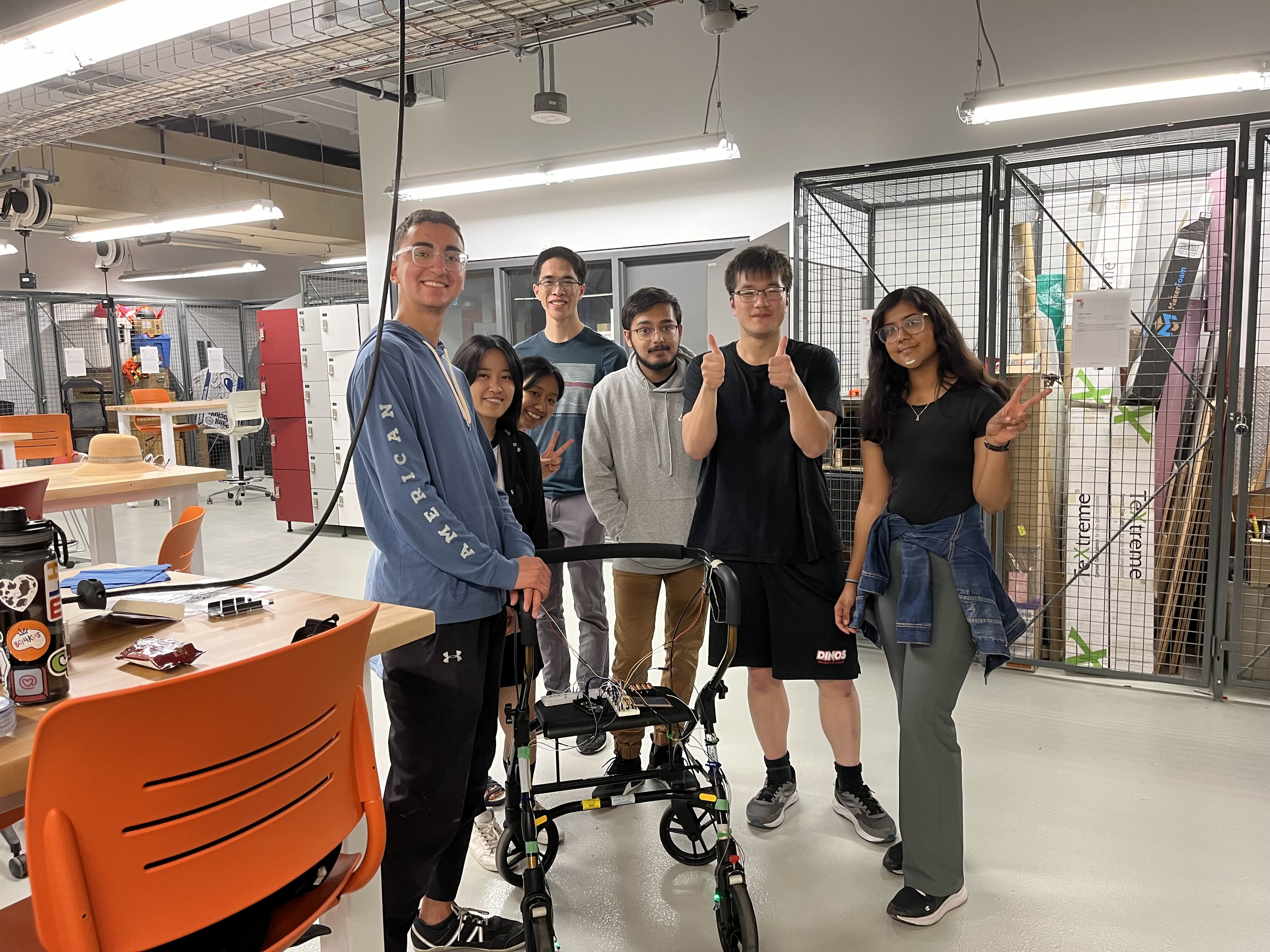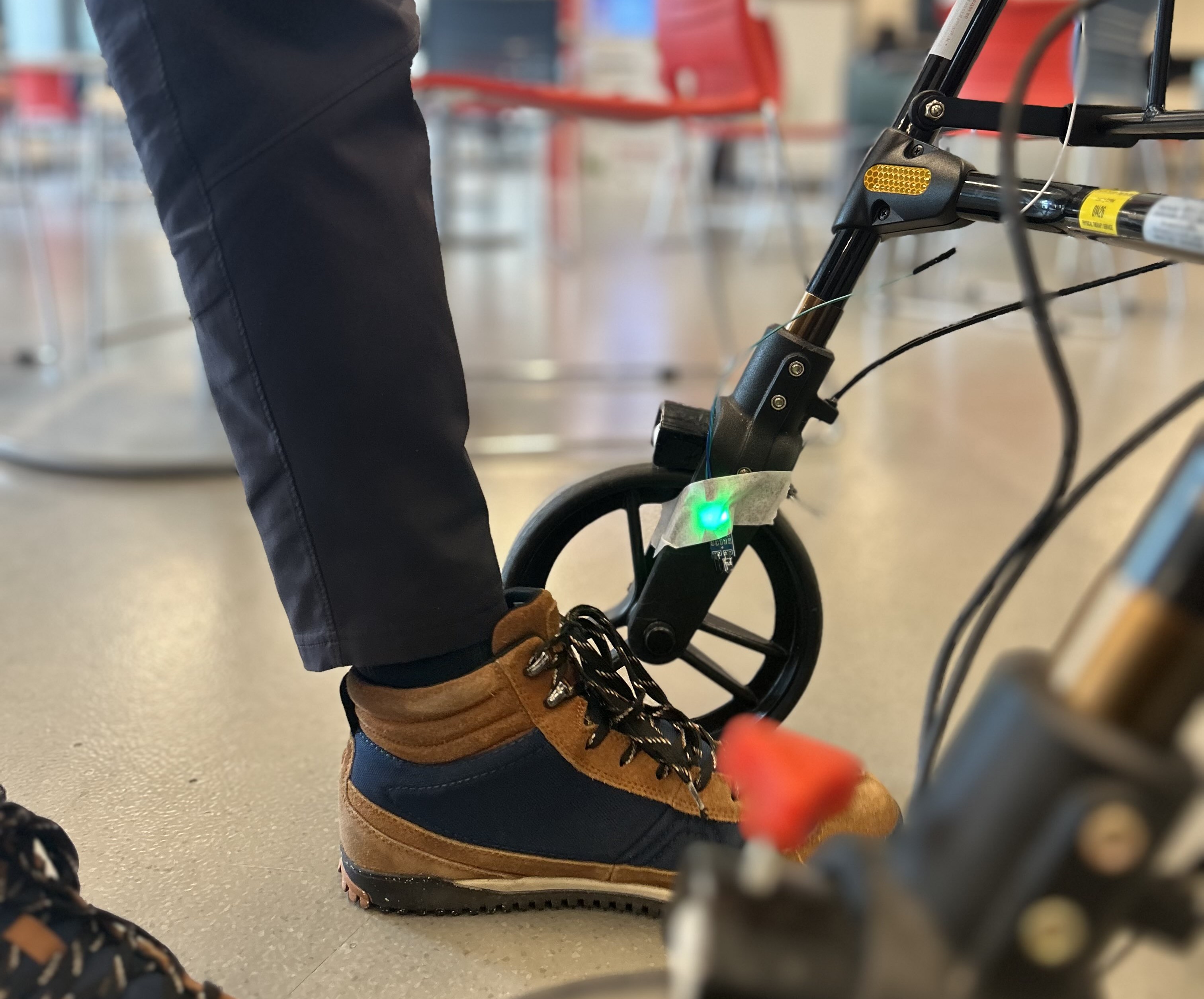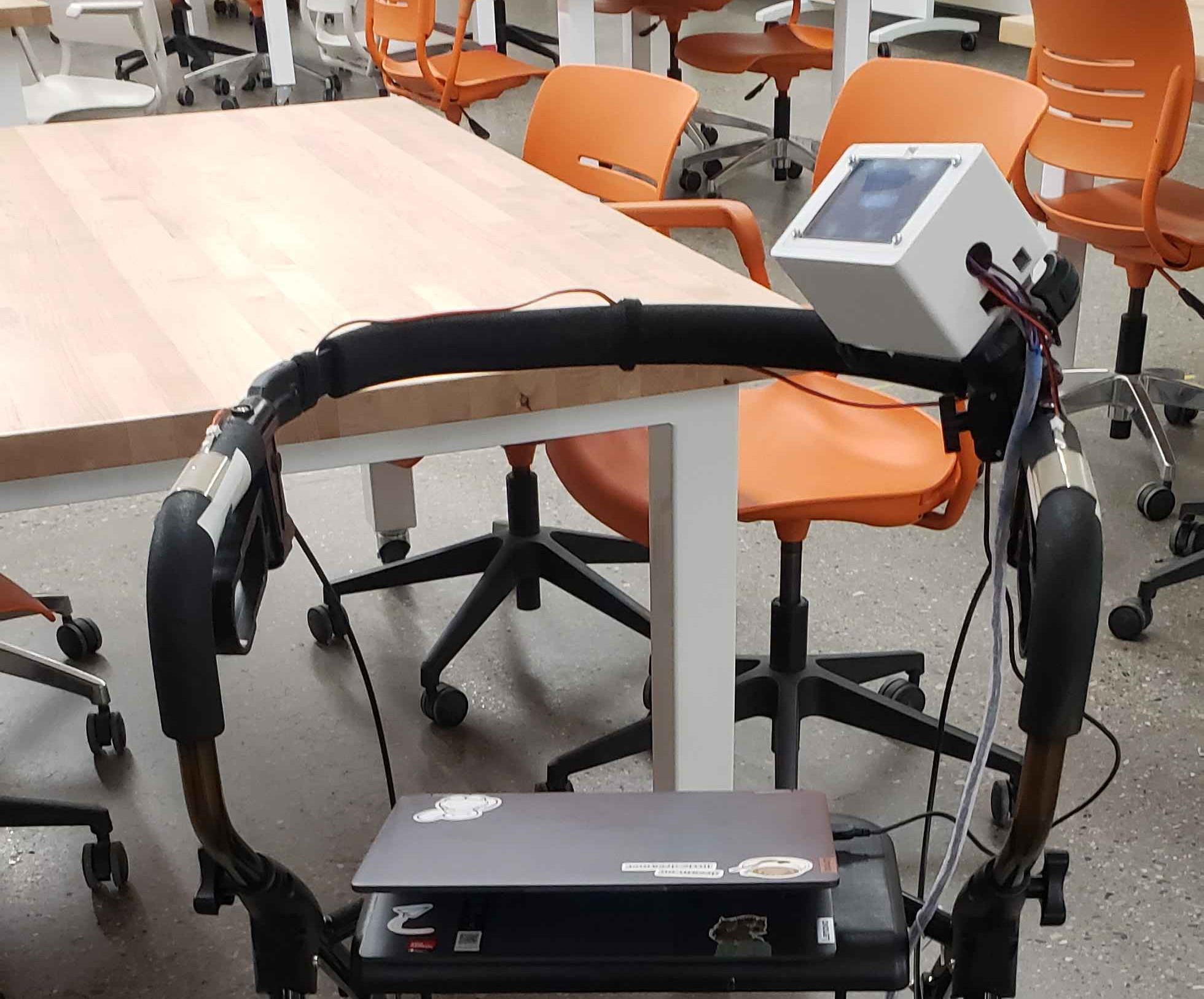CyberStride : Stepping and Walking Aid
Enhancing the rehabilitation for those facing mobility challenges

This project aims on developing biofeedback mobility and stepping aids for those going through rehabilitation facing challenges, such as stroke or neuromuscular disorders.
The overarching goal is to seamlessly integrate biofeedback technology with existing mobility aids, thereby improving the overall usability of such devices. This integration not only benefits users by offering insights into their reliance on mobility aids but also aids caretakers in monitoring and correcting improper device useage.
The goal is to expedite the recovery process and ensure individuals regain motion in their injured leg by addressing and correcting improper walking techniques.
Watch this video to learn more!


